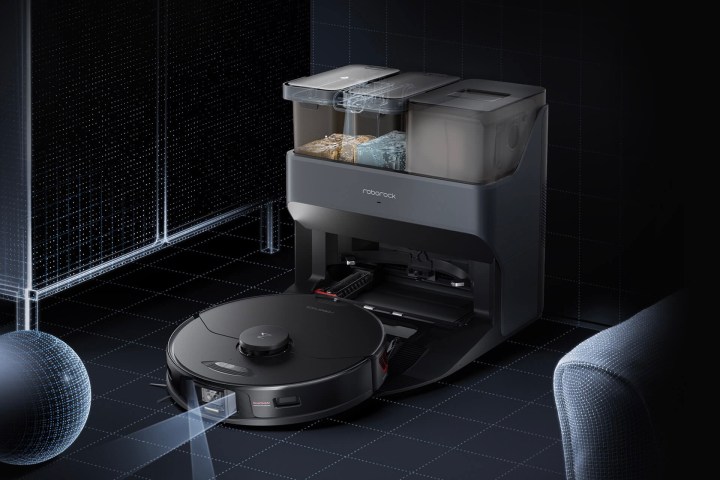Technology has done amazing things. It allows us to carry computers in our pockets, fly small aircraft from our phones, and even control our home systems from anywhere in the world. While there’s no arguing the usefulness that technology has brought into our lives, there is something missing: beauty.
Too many gadgets have prioritized technology and usefulness over seamless integration into our lives for far too long. The dominant material for many household gadgets and devices is black plastic. That was okay as we were learning to make technology more cost-effective and accessible to the masses, but now that we’re there, why are so many products so short on inspired design?
There are vast tomes devoted to design and we could easily digress on the definition of beauty and what good design really is. For today let’s simply say we’re asking for gadgets and devices that blend into our lives–not stick out.
Smart gadgets that integrate seamlessly

Consider gadgets like the Samsung Frame TV, which in my own home has so successfully blended into our room as an art piece that many guests sit next to it on multiple visits before it even dawns on them to ask if it’s actually a television set. The option of adding wood frames only increases the 65-inch 4K TV’s ability to hide in plain sight.
Google has also made great strides with its newer Nest Audio speakers. With a soft cloud-like shape and eco-friendly pastel fabric wrap, these digital butlers don’t scream, “I’m a smart speaker!” in any way. Even the indicator lights on them appear only when needed, then melt away into the background.
There’s also the gorgeous simplicity of a device like the ; the purification technology is hidden beneath a mound of living moss encased in a terrarium-like glass dome. If you’ve seen other air purifiers out there, you know they’re often giant hulking plastic boxes that sulk heavily on surfaces taking up precious visual space. Briiv is a literal breath of fresh air design-wise.
But where is the rest of the design beauty in our technology and gadgets?
These gadgets need a thoughtful facelift

Take robot vacuum cleaners. They are almost universally the same size, color, shape, and material: black plastic. While some companies like Ecovacs and iRobot are taking tiny steps towards beautifying them (softer colors, brushed metal, leather pull tabs), they are still leagues away from blending into our homes. Why, for example, could a robot vacuum not have a natural-looking exoskeleton of, say, bamboo or leather? The ECOVACS X1 vacuum robot currently has a removable brushed silver plastic cover on top of the robot, but this could just as easily be a more natural-looking and sustainable material. While we’re at it, could the new wave of huge auto-emptying vacuum base stations be made to look more like a small side table instead of a Fisher Price Little People garage?
Smart door locks are another glaring example of technology that sticks out poorly. Perhaps the smart locks of the future will integrate seamlessly into the metal knobs and handles we already use, or perhaps they could exist as glass panels or LED screens that can take on the color of the door. Indeed, some companies like Masonite are starting to think this way integrating power, Wi-Fi, a Ring Video Doorbell, and a Yale smart door lock into the Masonite M-Pwr door’s overall design and construction. There’s still a long way to go until it blends in.
Fitbit’s Aria 2 smart scale is a low-key slab of glass, but what if you could take a photo of your bathroom floor, and apply it to the surface of your smart bathroom scale so it can blend into your unique space?
Samsung is starting to consider this too in the design of larger kitchen appliances with its Bespoke line. Consumers can choose from a variety of configurations and colored panels that can either soften refrigerators and dishwashers into the background or boldly call out for attention with the rest of the room.
If companies want us to adopt more smart speakers and digital assistants, to have TVs in every room, a robot vacuum on every floor and embrace things like smart alarm clocks, and smart scales so that we can have a more seamless relationship with all this amazing new gadgetry, then thoughtful design needs to keep up with smart technology.
Editors' Recommendations
- Home Depot’s Hubspace is a great way to start building your smart home
- Samsung goes all-in with AI, reveals several new smart home appliances at CES 2024
- Ikea launching 3 new smart home safety gadgets in 2024
- Top ways smart tech can save Thanksgiving dinner
- Matter adds support for fridges, air purifiers, robot vacuums, and more with massive 1.2 update




